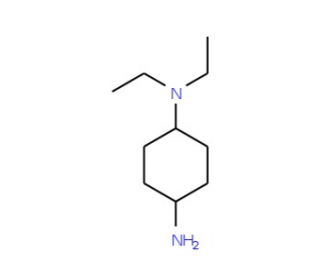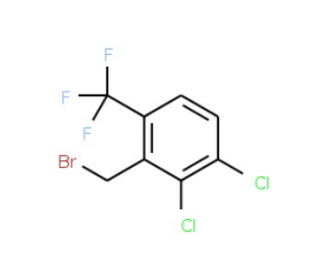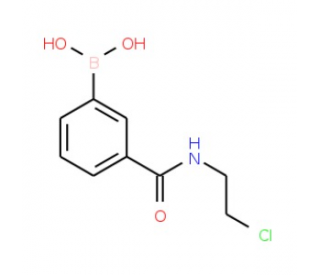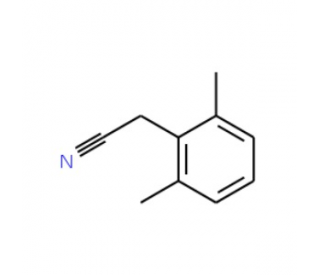详细说明
Species Reactivity
Human
Specificity
Detects human E-Cadherin in direct ELISAs.
Source
Monoclonal Mouse IgG2b Clone # 180224
Immunogen
Mouse myeloma cell line NS0-derived recombinant human E-Cadherin
Asp155-Ile707
Accession # P12830Formulation
Supplied 0.2 mg/mL in a saline solution containing BSA and Sodium Azide.
Label
Alexa Fluor 750
Applications
Recommended
ConcentrationSample
Flow Cytometry
0.25-1 µg/10 6 cells
MCF‑7 human breast cancer cell line stained in buffer containing Ca 2+ and Mg 2+
Please Note: Optimal dilutions should be determined by each laboratory for each application. are available in the Technical Information section on our website.
Preparation and Storage
Shipping
The product is shipped with polar packs. Upon receipt, store it immediately at the temperature recommended below.
Stability & Storage
Store the unopened product at 2 - 8 °C. Do not use past expiration date.
Background: E-Cadherin
Epithelial (E)‑Cadherin (ECAD), also known as Cadherin-1, cell-CAM120/80 in the human, uvomorulin in the mouse, Arc-1 in the dog, and L-CAM in the chicken, is a member of the Cadherin family of cell adhesion molecules (gene name CDH1). Cadherins are calcium-dependent transmembrane proteins which bind to one another in a homophilic manner. On their cytoplasmic side, they associate with the three catenins, alpha, beta, and gamma (plakoglobin). This association links the cadherin protein to the cytoskeleton. Without association with the catenins, the cadherins are non-adhesive. Cadherins play a role in development, specifically in tissue formation. They may also help to maintain tissue architecture in the adult. E-Cadherin may also play a role in tumor development, as loss of E-Cadherin has been associated with tumor invasiveness. E-Cadherin is a classical cadherin molecule. Classical cadherins consist of a large extracellular domain which contains DXD and DXNDN repeats responsible for mediating calcium‑dependent adhesion, a single-pass transmembrane domain, and a short carboxy-terminal cytoplasmic domain responsible for interacting with the catenins. E‑Cadherin contains five extracellular calcium-binding domains of approximately 110 amino acids each (amino acids 155-697).
References:
Bussemakers, M.J.G. et al. (1993) Mol. Biol. Reports 17:123.
Overduin, M. et al. (1995) Science 267:386.
Takeichi, M. (1991) Science 251:1451.
Entrez Gene IDs:
999 (Human); 12550 (Mouse); 83502 (Rat)
Alternate Names:
Arc-1; CAD1; cadherin 1, E-cadherin (epithelial); cadherin 1, type 1, E-cadherin (epithelial); Cadherin-1; calcium-dependent adhesion protein, epithelial; CAM 120/80; CD324 antigen; CD324; CDH1; CDHE; cell-CAM 120/80; Cell-CAM120/80; ECAD; ECadherin; E-Cadherin; Epithelial cadherin; LCAM; L-CAM; UVOE-Cadherin; Uvomorulin











 粤公网安备44196802000105号
粤公网安备44196802000105号